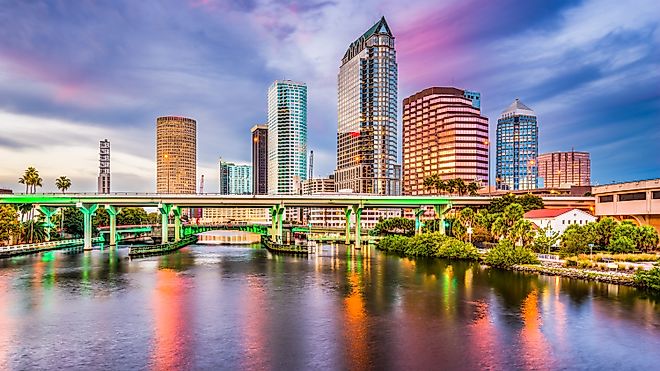Geography Of The World
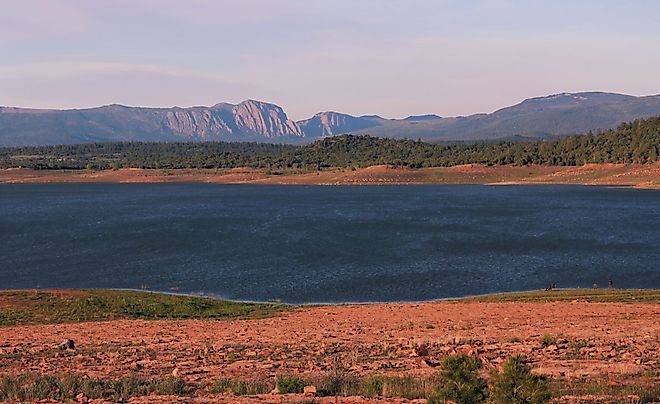
Heron Lake, New Mexico
Heron Lake is a small reservoir situated in Rio Arriba County in the north-central portion of the US State of New Mexico.
Torch Lake, Michigan
Torch Lake is a popular summertime destination known for its pure turquoise waters, white sand, and boisterous gatherings.

San Joaquin Valley
Four million Californians live in the San Joaquin Valley, one of the most prolific agricultural areas in the world.

Maroon Bells, Colorado
The stunning Maroon Bells, a pair of 4,260-meter bell-shaped peaks southwest of Aspen, symbolize Colorado's alpine majesty.
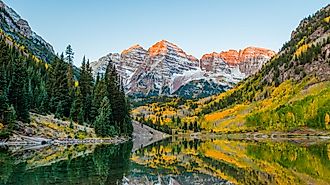
El Capitan, California
El Capitan, the Spanish term for "the captain," is a vertical granite structure that stands over Yosemite Valley's north side.

Pine Island, Florida
Pine Island is the biggest island in the Gulf of Mexico off the Florida Peninsula, just outside Fort Myers. Similar to nearby Fort Myers, Pine Island is made up of deposits of coral rock.

Lake McConaughy, Nebraska
Lake McConaughy is a large reservoir that has been formed by the Kingsley Dam on the North Platte River.
Liberty Lake, Nevada
Perched high up in the Ruby Mountains in the northwestern portion of Nevada, Liberty Lake is a popular hiking and camping destination for wilderness enthusiasts
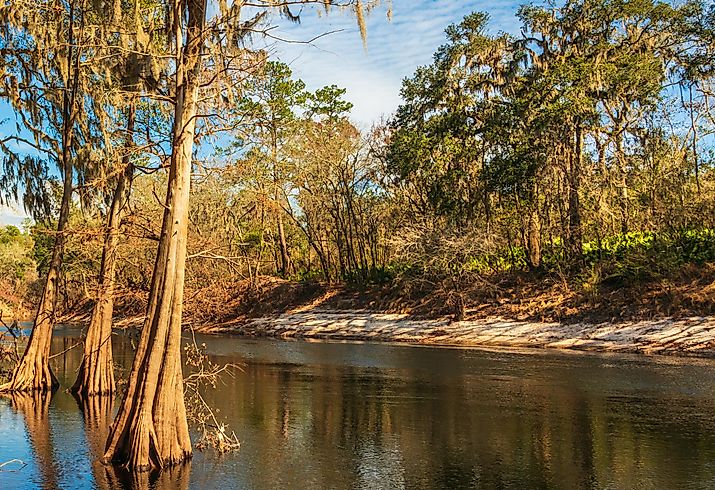
Alapaha River
The Alapaha River is 325 km long river, flowing through southern Georgia into northern Florida. It is a tributary of the Suwannee River.
Why Is The Colorado River Drying Up?
The ill effects of dams, agriculture, and climate change have significantly diminished the once-powerful Colorado river, raising concern.
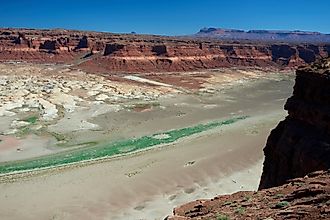

Spy Pond, Massachusetts
Spy Pond is a small water body situated close to Arlington's core. Surface drainage from the neighborhood and groundwater are used to feed the pond.

Ochlockonee River
The Ochlockonee River is a fast-flowing stream until it reaches an area just west of Tallahassee, where a dam harnesses the waters to create Lake Talquin.

How Much Plastic Is In The Ocean?
Plastic endangers the health of the ocean, marine wildlife, human health, food safety and quality, and coastal tourism, and it causes climate change.
Why Is Utah's Great Salt Lake Drying Up?
The Great Salt Lake is one of Utah's most notable geologic features. It is the most significant natural lake west of the Mississippi River.
Scandinavian Mountains
The Scandinavian Mountains include 141,726 named summits in total. Galdhopiggen, which rises to an elevation of 2,469m.
The World's Longest Mountain Ranges
t the bottom of the ocean is the world's longest mountain range. Below are the world's longest mountain ranges on land.
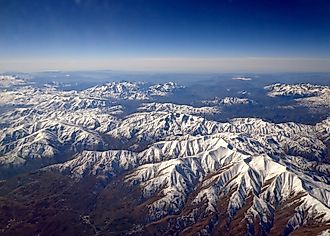
Cascade Range
The Cascade Range is a prominent collection of mountains found in the Pacific Northwest area of the northwestern United States and southwestern Canada.
St. Johns River, Florida
St. Johns River is about 500 km long, making it the longest river in Florida. Approximately 3.5 million people live along the river and its watersheds.
Atacama Desert
When one thinks of deserts, a secluded area isolated from society comes to mind. Well, that is not the case for the Atacama Desert.
White Mountains
The White Mountains are one of the most ruggedly picturesque mountain ranges on the northeastern coast of the U.S. states of New Hampshire and Maine.

Flume Gorge, New Hampshire
Flume Gorge, situated in the US State of New Hampshire, may seem like an amusement park ride, but it is not the creation of an engineer.

Walnut Canyon, Arizona
Walnut Canyon National Monument, one of Arizona's best-kept secrets, is a stunning display of geological cliff features with twisted limestone walls.

Palo Duro Canyon, Texas
In the center of the Texas Panhandle sits the Palo Duro Canyon, the second-largest canyon in the United States.

Provo Canyon, Utah
Bridal Veil Falls, Sundance Mountain Resort, Alpine Loop Scenic Byway, Squaw Peak, and the Provo River can all be reached via Provo Canyon.
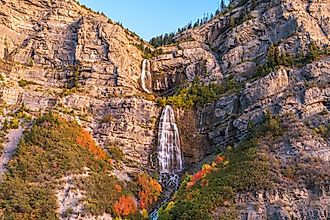
Jamaica Bay
Jamaica Bay is an estuary on Long Island's southern point, in the U.S. state of New York. The bay connects with the Lower New York Bay to the west via Rockaway Inlet.

Niagara Gorge
The Niagara Gorge is an 11-kilometer-long gorge that divides Canada and the United States, carved out by the great Niagara River thousands of years ago

Lake Santeetlah, North Carolina
Situated within Graham County in the US state of North Carolina, Lake Santeetlah is a small town known for its natural beauty.
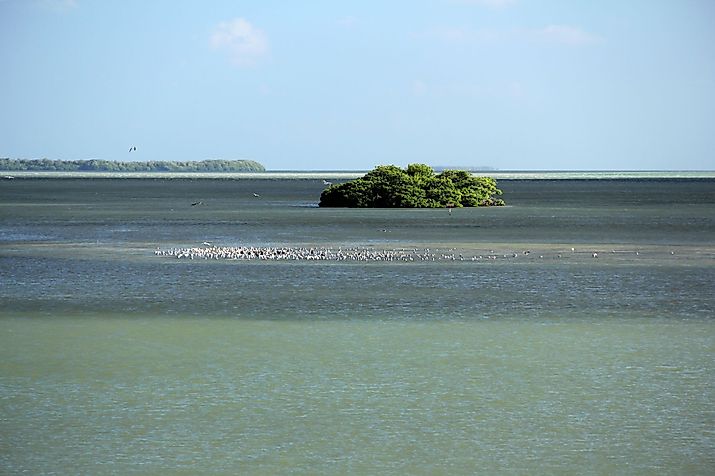
Florida Bay
Florida Bay is a vast shallow lagoon located between the southernmost point of mainland Florida and the Florida Keys, a chain of small islands.
Lake Koocanusa
Lake Koocanusa is a reservoir constructed by the damming of the Kootenay River by the Libby Dam between British Columbia, Canada, and Montana, United States.
Winooski River
The Winooski River is a 145km long river that flows in the north-central portion of the US State of Vermont. It springs near Cabot in Washington County.

Humboldt River
The Humboldt River Basin is a large river drainage system in north-central Nevada that runs east-to-west from its headwaters to the Humboldt Sink.

Luray Caverns, Virginia
The Luray Caverns in the US State of Virginia is a landform with rich history and an exciting founding story that acts as the state's ultimate attraction.

Connecticut River
For several millenniums, the plentiful resources of the Connecticut River drew humans who transformed and remade the surrounding landscape.

Antelope Island
Antelope Island is the largest and most fascinating of the Great Salt Lake's islands. It is worth visiting merely for the landscape and views.

Madeline Island
Hiking, bicycling, kayaking, swimming, canoeing, golfing, napping, reading, shopping, and dining are just a few of the many activities available. Madeline Island has it all.

